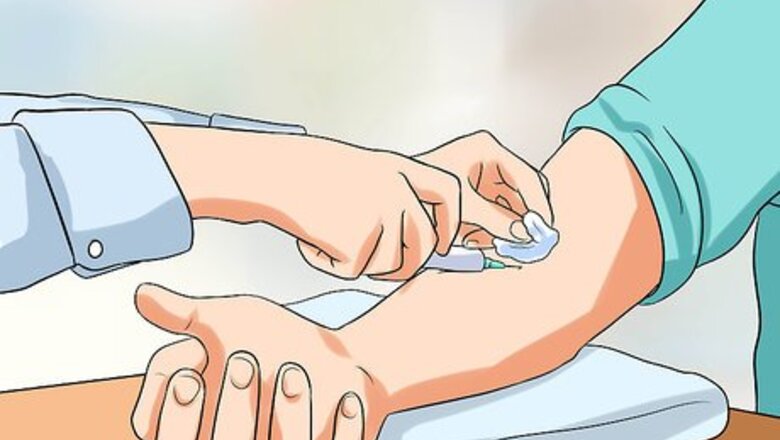
views
If you're concerned about your sexual health or performance, take our Erectile Dysfunction Quiz to find out if you have ED and get access to quick and easy treatment options.
- Visit a doctor to get your blood drawn and tested for low testosterone. The doctor may also do a physical exam and ask you questions about symptoms.
- Ask your doctor about testosterone replacement therapies like topical gels or patches, oral tablets, and muscular injections.
- Common symptoms of low testosterone include sexual dysfunction, depression, anxiety, sleep disruption, fatigue, and decreased muscle mass.
Testing for Low Testosterone
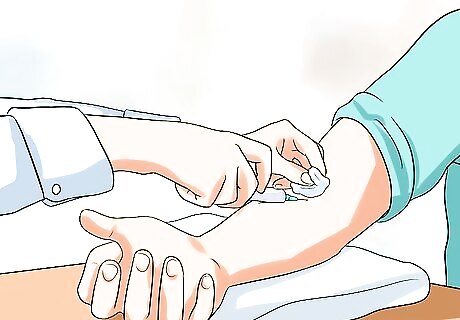
Go to the doctor for a testosterone test. The most common test for testosterone involves your physician drawing a tube of blood from your vein. In addition to the blood sample, your physician will also perform a physical exam.

Be prepared for additional tests. Because low testosterone may be an indicator for an underlying problem, like a problem with the pituitary gland, liver disease, an inherited disease, or Addison's disease, your doctor may want to test you for an underlying problem if you have low testosterone. Depending on your physical exam, your symptoms, and your history, other tests may be required after the testosterone test. Your doctor may test for thyroid function, diabetes, high blood pressure, and heart disease.

Get an oral test. Testosterone can also be measured in your saliva, though not many mainstream physicians offer this option. The test is reasonably reliable, but it is too new of a method to be totally accepted. Two reputable labs that test for salivary testosterone are ZRTLabs and Labrix.

The most common test is for “total testosterone,” which is the testosterone that is bound to other proteins in the blood. If your total testosterone from your screening lab test comes back abnormal, ask to have the test for “free” or bioavailable testosterone. The most important testosterone value is the “free” and/or bioavailable testosterone. This is not always measured because it is not so easy to measure. The tests for “free” or bioavailable testosterone are considered better biomarkers.
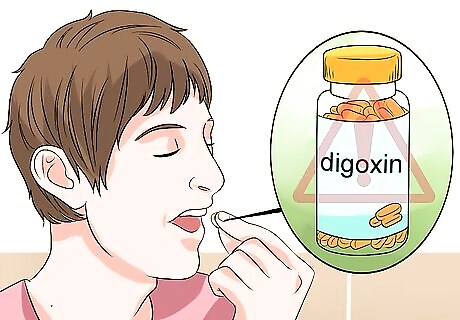
Consider what affects the test. There are things that might affect the results of your test. Taking medicines with estrogen or testosterone (including birth control), digoxin, spironolactone, and barbiturates may interfere with the test. Medicines for prostate cancer and that raise prolactin levels may also have a negative effect. Hypothyroidism can also interfere with the test.
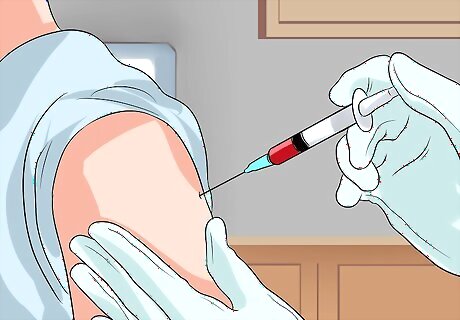
Choose a testosterone replacement therapy. If your testosterone levels are low, talk to your physician about testosterone replacement therapy. Testosterone is available as a gel or patch, muscular injections, or tablets that can be dissolved under the tongue. There are also some natural options including dietary approaches, increased exercise, and herbs such as Tribulus terrestris, Ashwagandha, Ginkgo Biloba, Maca, and Yohimbe.
Common Symptoms

Look for symptoms of low testosterone in men. Testosterone levels vary in different men, so it can be difficult to determine if the levels detected in one man are too low. Monitor your body to see if you have any symptoms of low testosterone. Symptoms of low levels of testosterone in men include: Problems with sexual function. This can include erectile dysfunction, decreased desire for sexual activity, and a decrease in the number and quality of erections. Smaller testes. Emotional problems that can include depression, irritability, anxiety, problems with memory or concentration, or a lack of self-confidence. Sleep disruption. Increased fatigue or a general overall lack of energy. Body changes that include increased belly fat, decreased muscle mass along with decreased strength and endurance, decreases in cholesterol levels, softening of the bones, and decreased bone density. Swollen or tender breasts. Loss of body hair. Hot flashes.
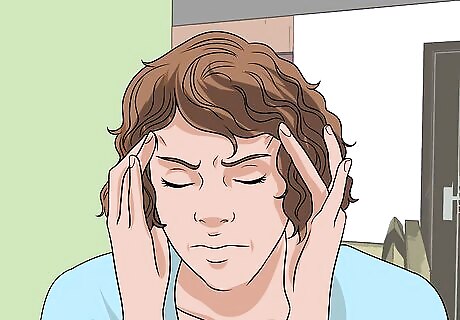
Check for symptoms of low testosterone in women. Women can have low testosterone as well. The symptoms present differently than they do for a man. The symptoms of low testosterone in women include: Decreased sexual desire. Fatigue. Decreased vaginal lubrication.

Decide if you are at risk for low testosterone. Low testosterone can result from different things. You may want to test your testosterone levels if you have experienced any of the following: Aging. Obesity and/or diabetes mellitus. Testicular injury, trauma, or infection. Radiation or chemotherapy for cancer. Chronic diseases, such as HIV/AIDS, or liver and kidney disease. Certain genetic conditions, like Klinefelter syndrome, hemochromatosis, Kallmann syndrome, Prader-Willi syndrome and others. Alcoholism. Drug abuse including heroin,marijuana, opioid or pain medication abuse. Chronic smoking. Abuse of androgens in the past.
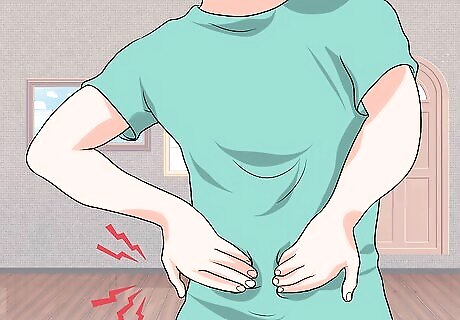
Determine if you need a testosterone level test. Testosterone tests are performed when a person displays certain characteristics. Tests are commonly done for the following reasons: If a man is having infertility problems If a man is having sexual problems If a boy under 15 years of age shows early signs of puberty or an older boy shows no signs of puberty If a woman develops male features, such as excessive hair growth and a deep voice If a woman has irregular menstrual periods If a man with prostate cancer is taking certain medicines If a man has osteoporosis
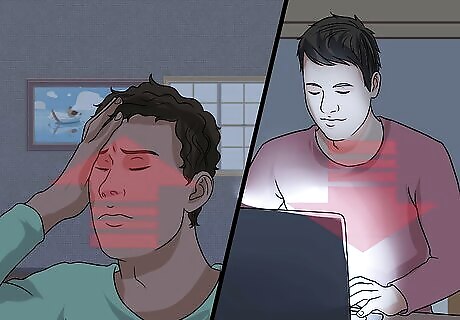
Be aware testosterone levels vary. Levels of testosterone vary from man to man (and woman to woman). Testosterone levels will vary during the day, and vary from day to day. Levels are generally higher in the morning and lower later in the day.


















Comments
0 comment